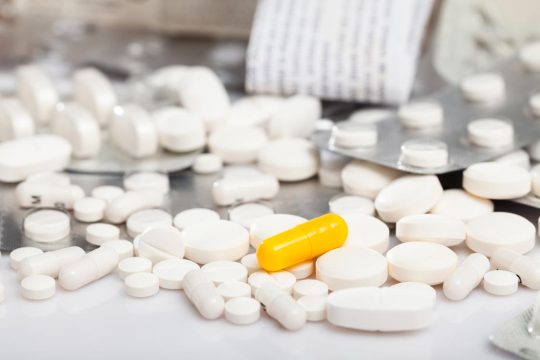Advertisment
Higher investigational doses of Trulicity meaningfully reduced A1C and body weight in people with type 2 diabetes.- Eli Lilly
New 36-week data showed higher investigational doses of Trulicity (3 mg and 4.5 mg) were well-tolerated and led to A1C reductions up to 1.9 percent and weight reductions up to 10.4 pounds in people with type 2 diabetes. The results from Eli Lilly and Company’s AWARD-11 trial – which evaluated the safety and efficacy of higher investigational doses of Trulicity (3 mg and 4.5 mg) compared to Trulicity 1.5 mg – were published late in the Journal of the Endocrine Society. “AWARD-11 confirmed our expectations that a higher investigational dose of Trulicity would lead to superior blood glucose and weight reductions in people with type 2 diabetes compared to Trulicity 1.5 mg,” said Juan Pablo Frias, M.D., Medical Director and Principal Investigator, National Research Institute. “These promising data show higher doses of dulaglutide could be an option for clinicians treating people with type 2 diabetes who may need additional glycemic control due to the progressive nature of the condition.”
The 4.5 mg dose led to statistically superior A1C reductions from baseline compared to Trulicity 1.5 mg across two primary statistical approaches – efficacy and treatment-regimen estimands – that were used to assess the efficacy of the higher doses. Using the efficacy estimand, which analyzes participants who remained on treatment, dulaglutide 3 mg and 4.5 mg led to significantly superior A1C and weight reductions from baseline compared to Trulicity 1.5 mg.
In the treatment-regimen estimand, each of the doses led to significant A1C and body weight reductions but only the 4.5 mg dose showed superiority compared to Trulicity 1.5 mg:A1C reduction: -1.8 percent (dulaglutide 4.5 mg), -1.6 percent (dulaglutide 3 mg) and -1.5 percent (Trulicity 1.5 mg).Weight reduction: -10.1 pounds (-4.6 kg, dulaglutide 4.5 mg), -8.4 pounds (-3.8 kg, dulaglutide 3 mg) and -6.6 pounds (-3.0 kg, Trulicity 1.5 mg).
Across both estimands, the majority of study participants achieved target A1C goals of less than seven percent with the higher investigational doses – meeting the American Diabetes Association’s recommendation for people with diabetes. The safety and tolerability profile of the investigational dulaglutide doses (3 mg and 4.5 mg) was consistent with the known profile of Trulicity 1.5 mg. The most commonly reported adverse events across each of the doses were gastrointestinal-related.
Results at 52-weeks were consistent with the 36-week results and further details will be disclosed at a later date. The AWARD-11 results have been submitted to regulatory authorities in the U.S. and Europe for review..
See-
“OR26-08 Efficacy and Safety of Higher Dulaglutide Doses (3.0 MG and 4.5 MG) When Added to Metformin in Patients With Type 2 Diabetes: A Phase III, Randomized, Double-Blind, Parallel ARM Study (Award-11) “-Juan Pablo Frias, MD, PhD, Luis Nevárez Ruiz, MD, Ying Grace Li, PhD, et al.,
Journal of the Endocrine Society, Volume 4, Issue Supplement_1, April-May 2020, OR26-08, https://doi.org/10.1210/jendso/bvaa046.2057 Published: 08 May 2020.





